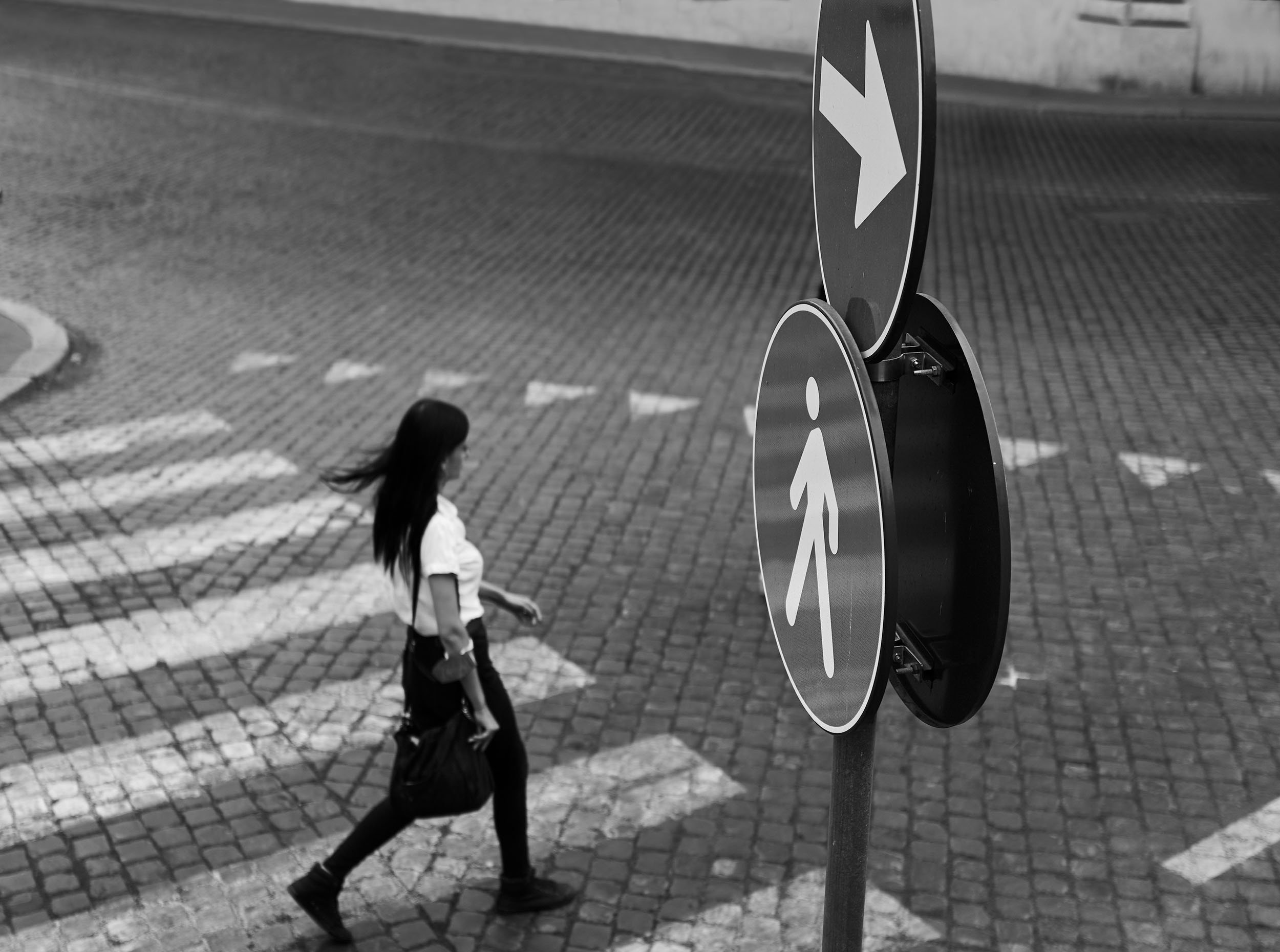Getting The Street Photographers To Work
Getting The Street Photographers To Work
Blog Article
The Facts About Street Photographers Revealed
Table of ContentsStreet Photographers Can Be Fun For AnyoneThe Street Photographers DiariesThe Best Guide To Street PhotographersThe Street Photographers IdeasHow Street Photographers can Save You Time, Stress, and Money.
Street photographers do not always have a social purpose in mind, but they prefer to isolate and catch minutes which could otherwise go undetected.He was affected by several of those that influenced the road photographers of the 1950s and '60s, he was not chiefly interested in recording the spirit of the street. The impulse to visually record people in public began with 19th-century painters such as Edgar Degas, douard Manet, and Henri de Toulouse-Lautrec, that worked side by side with photographers attempting to record the essence of city life.
Unlike Atget, digital photographer Charles Marville was hired by the city of Paris to produce an encyclopaedic document of Haussmann's metropolitan preparation task as it unfolded, therefore old and new Paris. While the professional photographers' subject was essentially the exact same, the outcomes were considerably various, demonstrating the impact of the photographer's intent on the personality of the images he created.
Offered the great top quality of his pictures and the breadth of material, engineers and musicians commonly bought Atget's prints to make use of as reference for their very own job, though commercial passions were rarely his major inspiration. Instead, he was driven to photograph every last remnant of the Paris he loved. The mingled interest and necessity of his objective luster through, leading to photos that tell his very own experience of the city, top qualities that anticipated road digital photography of the 20th century.
The Facts About Street Photographers Uncovered
They expose the city through his eyes. His work and basic understanding of photography as an art kind functioned as motivation to generations of digital photographers that followed. The future generation of street photographers, though they likely did not refer to themselves as such, was introduced by the photojournalism of Hungarian-born professional photographer Andr Kertsz.
Unlike his peers, Brassa made use of a larger-format Voigtlnder camera with a much longer exposure time, compeling him to be a lot more computed and thoughtful in his practice than he may have been if using a Leica. (It is believed that he may not have had the ability to pay for a Leica during that time, yet he did, nevertheless, utilize one in the late 1950s to take colour photos.) Brassa's photos of the Paris underworld lit up by artificial light were a revelation, and the collection of the series that he published, (1933 ), was a significant success.
Cartier-Bresson was a champ of the Leica camera and one of the very first digital photographers to maximize its abilities. The Leica permitted the photographer to communicate with the environments and to capture moments as they occurred. Its fairly small size likewise assisted the digital photographer discolor right into the background, which was Cartier-Bresson's preferred technique.
Getting My Street Photographers To Work
It is as a result of this fundamental understanding of the art of picture taking that he is commonly attributed with finding the tool all over again roughly a century because its innovation. He took pictures for even more than a half century and affected generations of digital photographers to trust their eye and instinct in the moment.
These are the questions I shall try to address: navigate to this website And after that I'll leave you with my own definition of road photography. Yes, we do. Let's kick off with defining what a definition is: According to (Street Photographers) it is: "The act of defining, or of making something guaranteed, distinctive, or clear"
No, absolutely not. The term is both limiting and deceiving. Sounds like a road digital photography must be photos of a streets ideal?! And all street digital photographers, other than for a small number of absolute newbies, will completely appreciate that a road is not the key part to street digital photography, and really if it's a photo of a road with perhaps a few monotonous individuals doing nothing of passion, that's not street digital photography that's a snapshot of a road.
Street Photographers Fundamentals Explained
He makes a valid factor do not you think? While I agree with him I'm not sure "candid public photography" will certainly catch on (although I do kind of like the term "honest digital photography") due to the fact that "street photography" has been around for a lengthy time, with many masters' names attached to it, so I believe the term is here to remain (Street Photographers).
Inside?! I hear you shout as you shake your clenched fist to the skies. Why not? You can contend the beach, at a festival, in an alley, in a park, in a piazza, in a coffee shop, at a gallery or art gallery, in a city terminal, at an occasion, on a bridge, under a bridge ...

The Street Photographers Ideas

Report this page